Description
Arbres au clair de lune by Florence Esté printed on a T-Shirt
About the T-Shirt
Regular fit
Standard length, the fabric easily gives into movement
Casual wear
A classic, everyday option loved by our customers
Side-seamed
Constructed by sewing two parts together, creating a fitted look
The Unisex Staple T-Shirt feels soft and light with just the right amount of stretch. It’s comfortable and flattering for all. We can’t compliment this shirt enough–it’s one of our crowd favorites, and it’s sure to be your next favorite too!
- Solid colors are 100% Airlume combed and ring-spun cotton
- Ash color is 99% combed and ring-spun cotton, 1% polyester
- Heather colors are 52% combed and ring-spun cotton, 48% polyester
- Athletic and Black Heather are 90% combed and ring-spun cotton, 10% polyester
- Heather Prism colors are 99% combed and ring-spun cotton, 1% polyester
- Fabric weight: 4.2 oz./yd.² (142 g/m²)
- Pre-shrunk fabric
- 30 singles
- Side-seamed construction
- Tear-away label
- Shoulder-to-shoulder taping
- Blank product sourced from Nicaragua, Mexico, Honduras, or the US
Florence Esté (1860 – 1926)
Florence Esté was an American painter in oils born in Cincinnati, Ohio. She also worked in watercolors, pastels, and as an etcher and engraver. She was particularly well known for her landscapes, which were said to have been influenced by Japanese artworks and were noted for their “harmony of color”. Her obituary in the New York Times referred to her as “one of the best known women landscape painters.”
In 1874, a teenage Esté traveled to France with Emily Sartain, studying with Tony Robert-Fleury and working in the comrade d’atelier of Emily Sartain and Jeanne Rongier.
Between 1876 and 1882, she studied with Thomas Eakins at the Pennsylvania Academy of the Fine Arts. Around 1886–1887, she, her friend Cecilia Beaux and other young women artists such as Dora Brown and Julia Foote studied with William Sartain in private art classes at the Philadelphia School of Design for Women where his sister Emily Sartain was principal.
In 1884, Esté learned to etch on the press of Stephen Parrish. Parrish and fellow etcher Stephen Ferris were enrolled in the men’s life class at the Pennsylvania Academy. A number of the women at the Academy became significant in the American etching revival, including Esté, Gabrielle Clements, Blanche Dillaye, Margaret Lesley, Margaret Levin, and Mary Franklin.
Florence Esté moved permanently to France in 1888. In Paris she enrolled at the Academie Colarossi and studied with Alexandre Nozal (1852–1929) and Raphael Collin (1850–1916). She remained in France during the first world war. Her compatriot Elizabeth Nourse reported in 1915 that “Florence Esté is painting again in Paris after an exciting summer, for the village where she was working had to be evacuated at the approach of the enemy.”
She became a member of the Société Nationale des Beaux-Arts in France around 1909 and exhibited at the Paris salons. Her painting Un Bourg breton (A Breton village) was purchased by the French government in 1918. Her painting La Vallée (The Valley) was purchased by the State in 1921. Some of her paintings were hung in the Luxembourg Gallery in Paris.
She was also an honorary member of the Philadelphia Water Color Club, and continued to exhibit in America at the Annual Philadelphia Watercolour Exhibition, the Art Institute of Chicago and the Pennsylvania Academy of Fine Arts. Her watercolors won the PAFA prize in 1925.
The 1913 Armory Show featured the American Association of Painters and Sculptors (AAPS), and was one of the first exhibitions of “new art” or modern art. Fifty women participated as artists and donors in this revolutionary show, making up one sixth of the contributions. These women can be considered significant leaders, forging the beginnings of the feminist art movement.
Esté exhibited two of her watercolors, The Village (variously $500 or $200) and The First Snow($300) at the 1913 Armory Show. The First Snow was previously shown in the Philadelphia Water-Color Exhibition, where it was received the following review: “An interesting picture, almost in monotone, by Miss Florence Esté, entitled The First Snow, was most effective in the simplicity of the medium on a tinted background.”
Among Esté’s good friends included fellow students from the Pennsylvania Academy, Elizabeth MacDowell, Alice Barber Stephens, Mary K. Trotter, and Gabrielle D. Clements.
Florence Esté died in Paris on April 25, 1926.

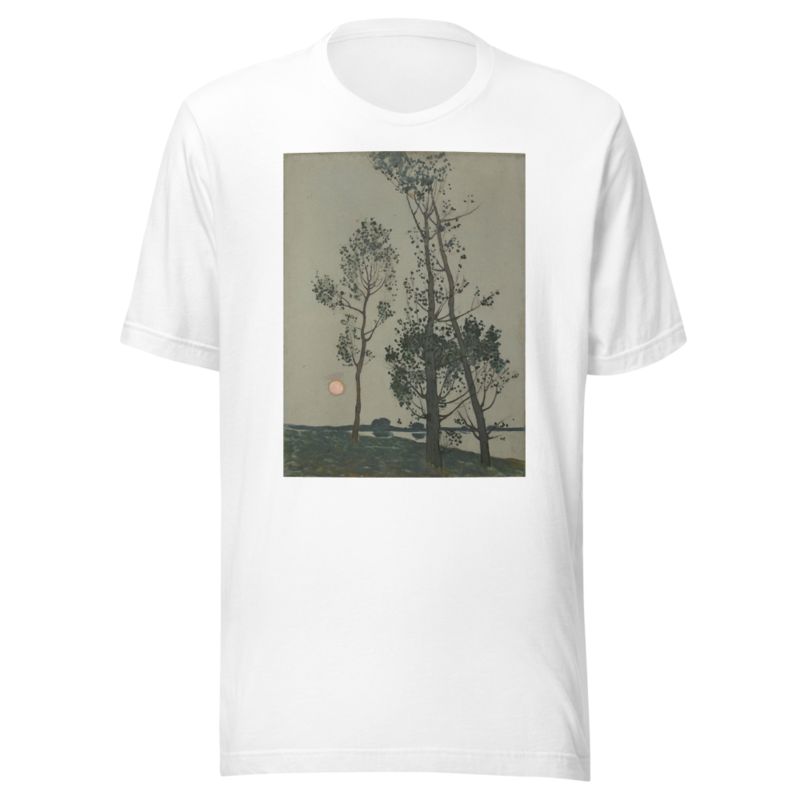
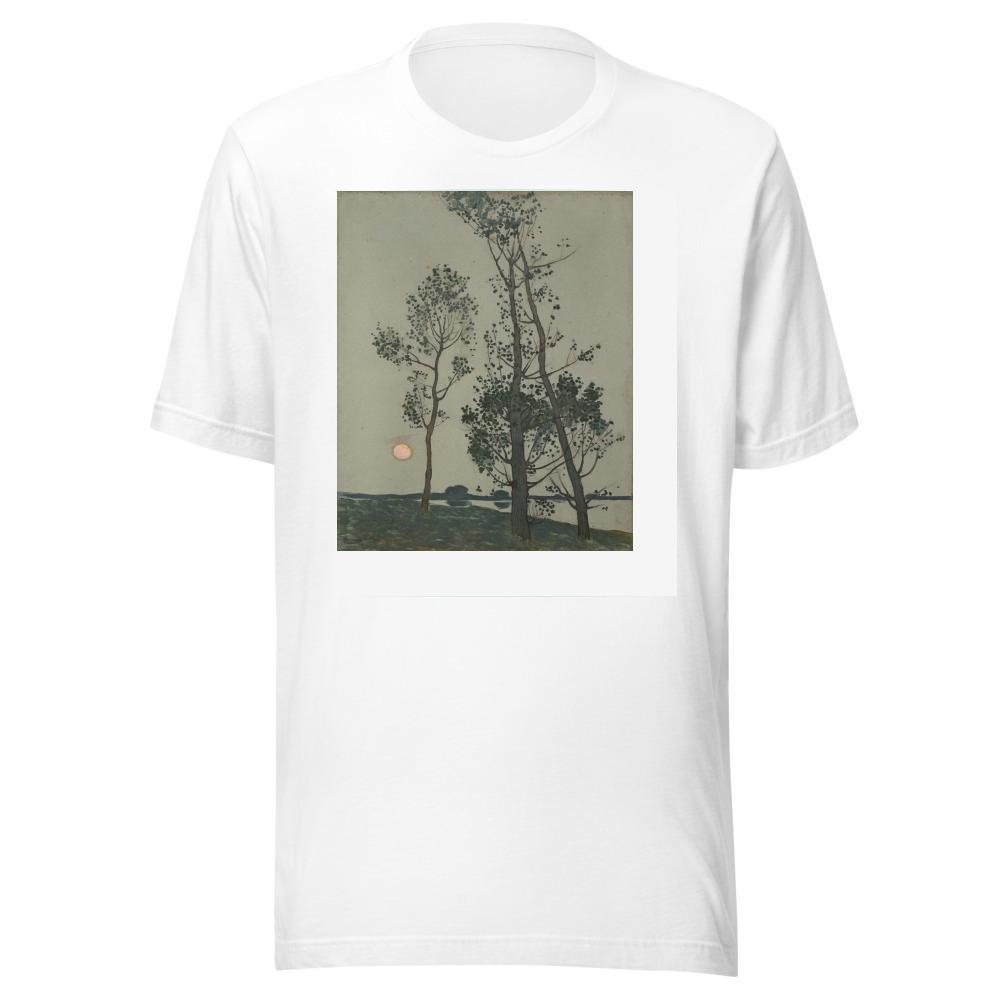
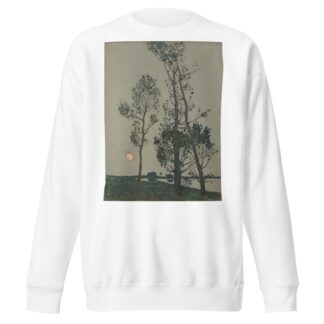
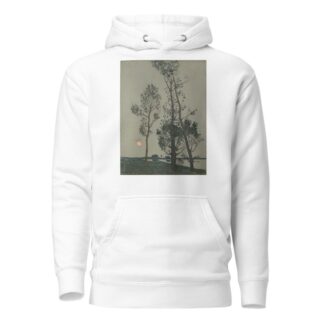
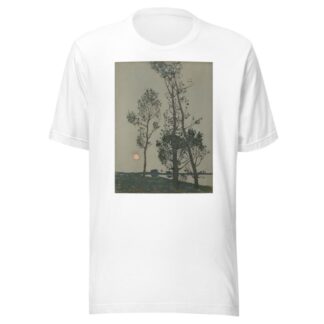
Reviews
There are no reviews yet.